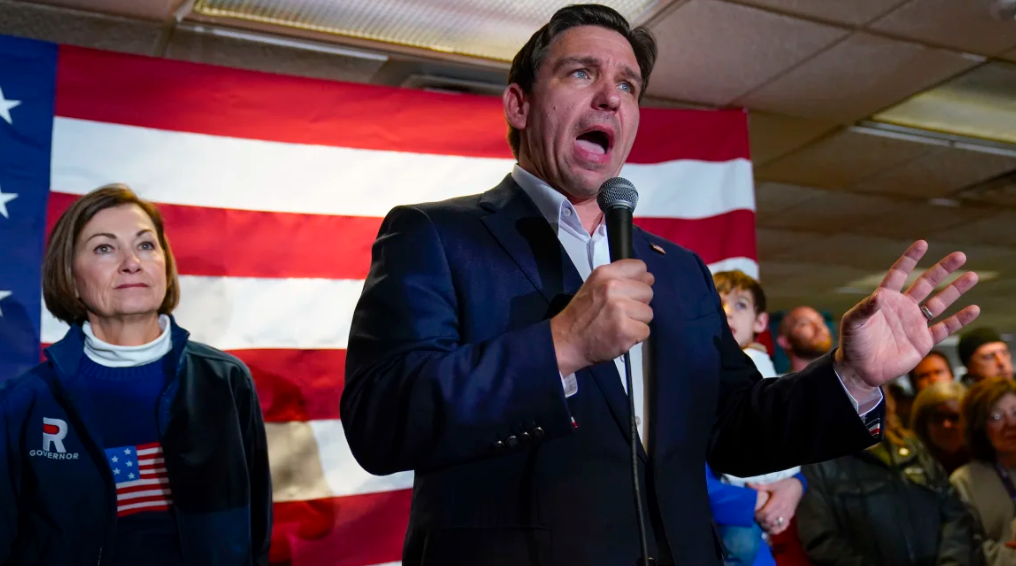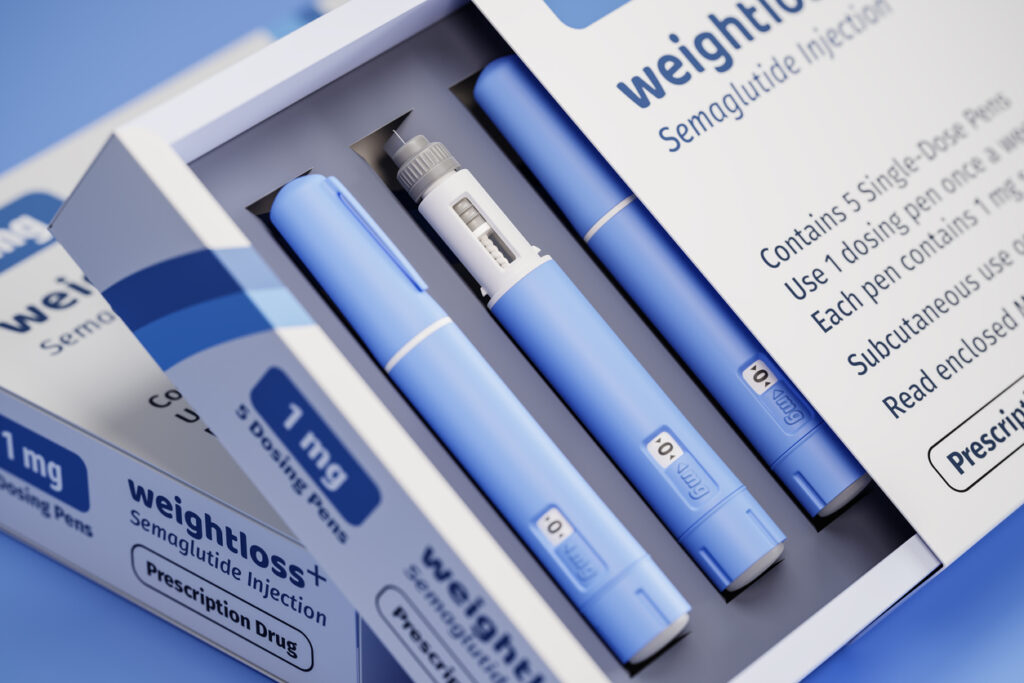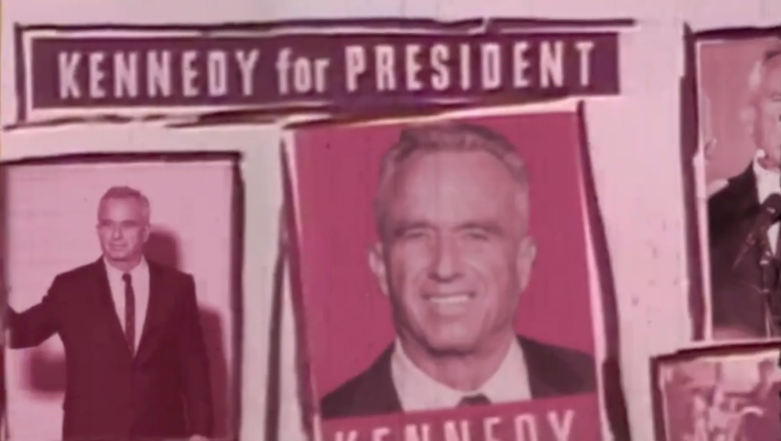
The road to the future is paved with good intentions, and, apparently, a whole lot of electric and hybrid vehicles, thanks to a new rule finalized by the Biden administration. Picture this: It’s 2032, and more than half of the new cars zooming around are battery electric, with a hearty slice of plug-in hybrids joining the eco-friendly convoy. That’s a massive leap from just 16% of sales being electric and hybrid cars last year.
This isn’t just about trading in the rumble of a gas engine for the whisper-quiet hum of an electric one; it’s a key piece of the administration’s grand plan to combat climate change. After all, our cars and light-duty vehicles are currently stars of the emission show, contributing to about 17% of U.S. planet-warming emissions. And yes, even those beefier medium-duty vehicles are getting a green makeover with this new rule.
Now, you might be thinking, “That sounds pretty ambitious,” and you’d be right. The proposal had its fair share of critics, ranging from skeptical Republicans to concerned auto workers’ unions, worried about what this shift could mean for the industry and jobs. But, like any good plot twist, the administration listened and made some tweaks to the proposal, especially for the vehicle model years from 2027 to 2030, before hitting the gas towards stricter standards by 2031 and 2032.
The numbers are nothing short of blockbuster-worthy. This rule is set to prevent 7.2 billion tons of carbon dioxide emissions by 2055. To put that in perspective, that’s like quadrupling the emissions savings card of the entire U.S. transportation sector in 2021. And it’s not just the planet getting a breather; we’re talking about preventing up to 2,500 premature deaths and a decrease in heart attacks thanks to cleaner air. So, yeah, it’s kind of a big deal.
“But wait,” you say, “is this an electric vehicle mandate?” Not exactly. The Environmental Protection Agency (EPA) crafted this rule more like a guidebook for cleaner, happier vehicle fleets by setting some pretty strict pollution limits. The catch? These standards are tougher than a two-dollar steak, meaning automakers will likely need to shift gears towards electric or other low-carbon options if they want to stay in the race.
Last year, the EPA’s crystal ball only showed electric vehicles in its vision for the future, not giving much stage time to hybrid vehicles. This made it a bit tricky to compare the expected outcomes directly. However, emissions-wise, we’re looking at slashing 7.2 billion tons of carbon dioxide through 2055 under the new rule, which is just a smidge less than the 7.3 billion tons projected by last year’s proposal.
So, what does this all mean for you, me, and our next car-shopping adventure? It’s clear the auto world is charging towards an electrifying future, one where our roads are filled with vehicles that are kinder to our planet. It’s a journey toward a cleaner, greener world, and it seems we’re all invited to come along for the ride. Buckle up; it’s going to be an exciting journey to 2032 and beyond!











